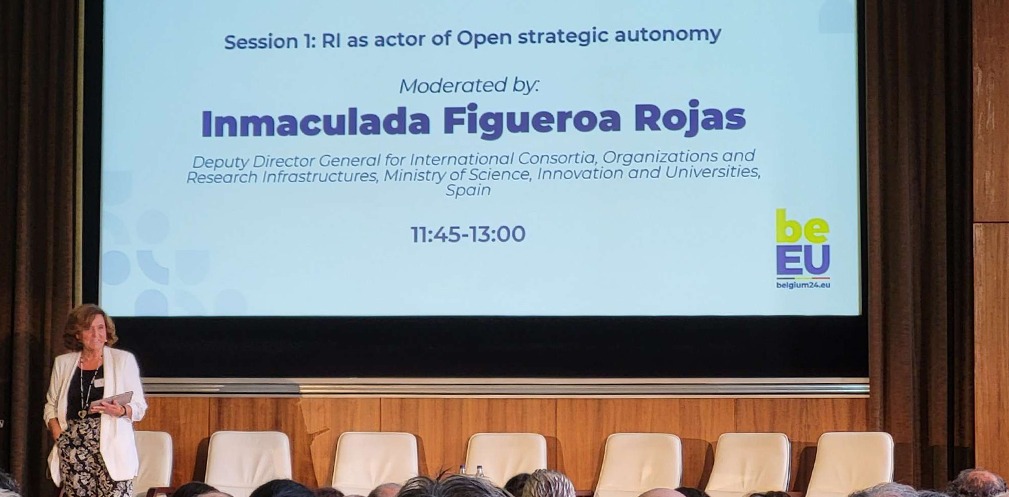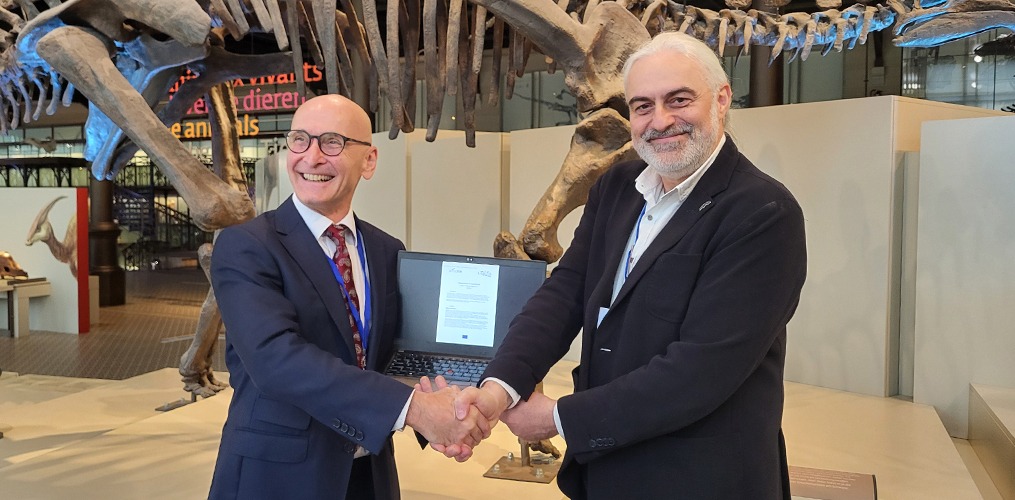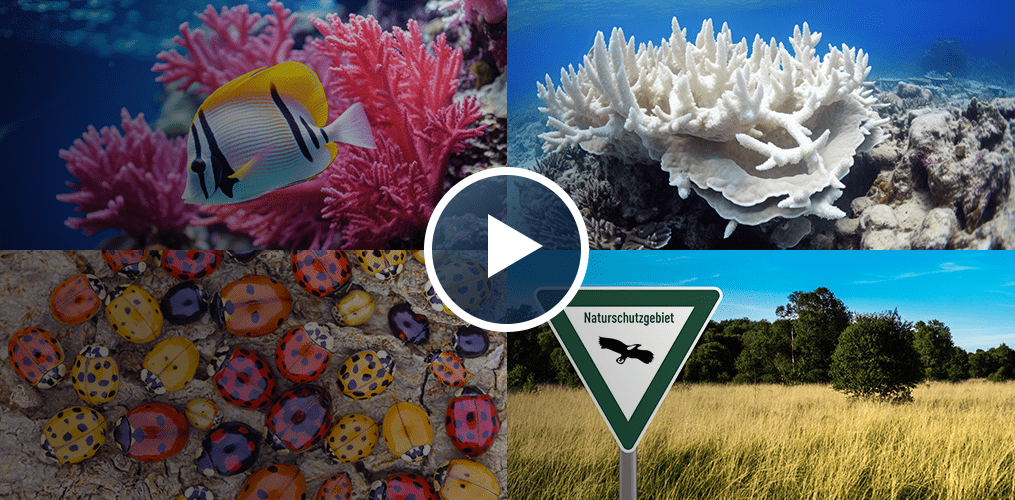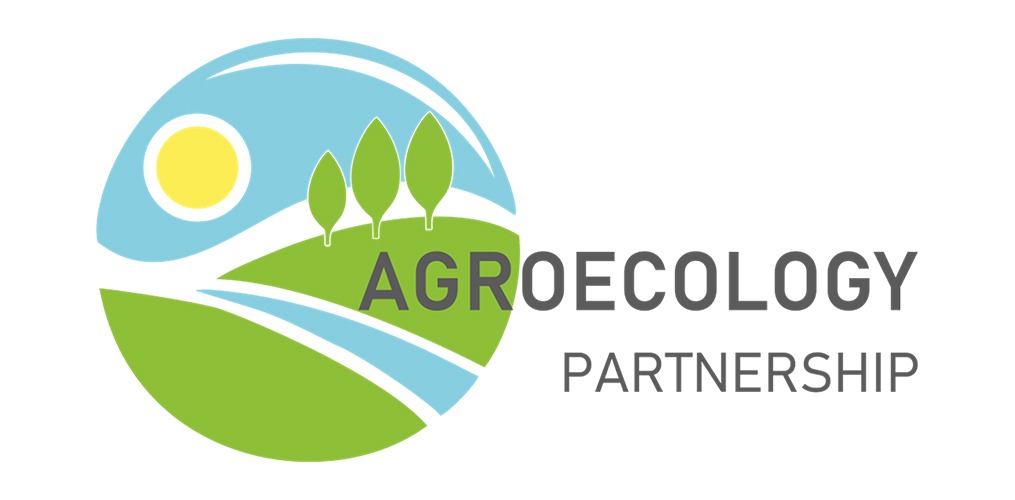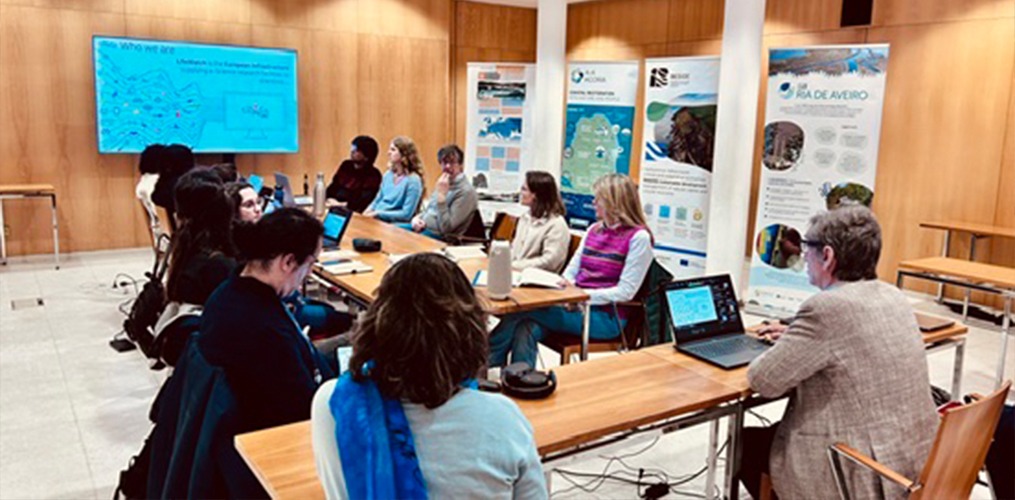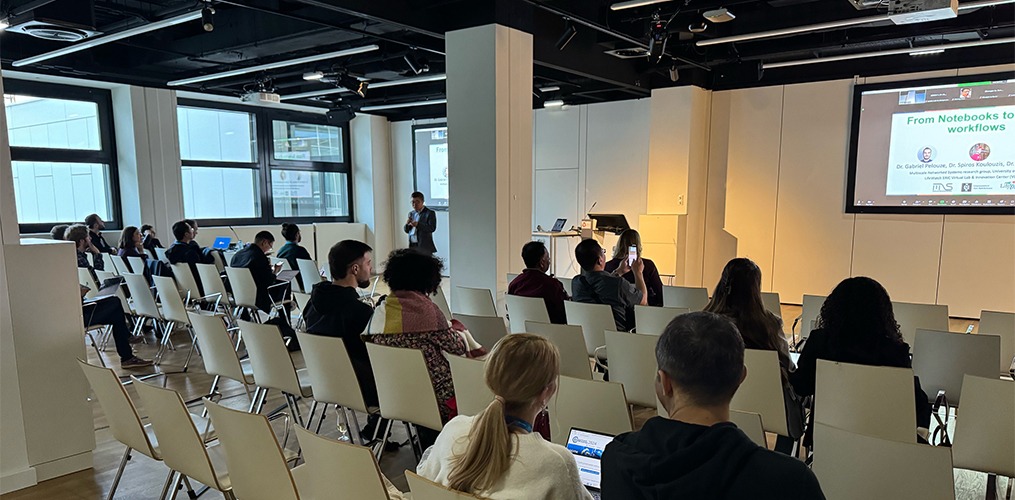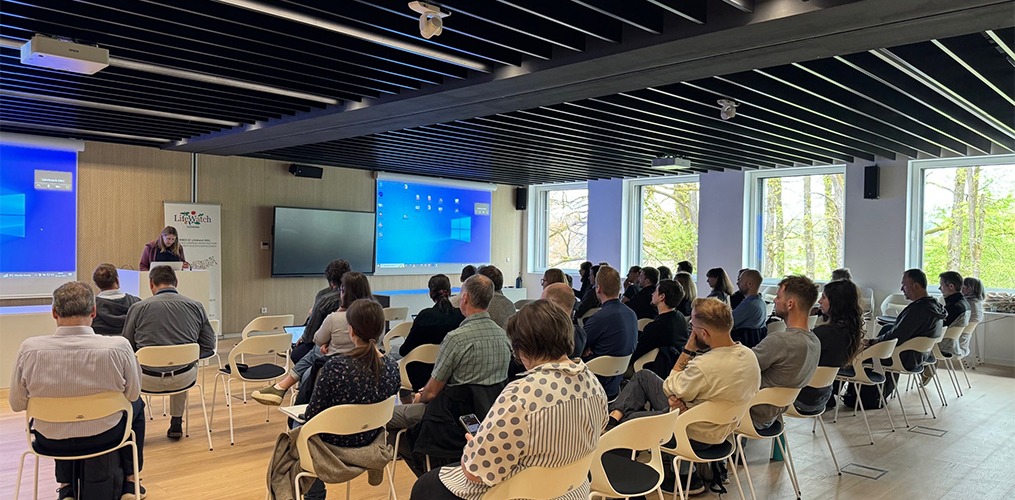LifeWatch ERIC participated in the 2024 Annual Meeting of the Biodiversity Digital Twin (BioDT) project, which took place on 11-12 June 2024 at the Helmholtz Centre for Environmental Research (UFZ) in Leipzig, Germany. The meeting had a hybrid format, allowing both in-person and remote participation.
The meeting covered the operational models of pDTs (physical Digital Twins) and sustainable pathways beyond the project’s lifecycle. It also discussed outreach, promotion, and training strategies for pDTs, as well as a Winter/Spring School that will take place most likely at the end of February 2025.
Additionally, the BioDT Annual Meeting was an occasion to share and validate progress of the technical architecture of the BioDT project as a whole and the related app, to discuss modelling and embedding scientific models into digital twins focusing on biodiversity, and to analyse data streams aligned with FAIR principles.
To learn more about the meeting, please visit the dedicated web page: https://ssl.eventilla.com/biodt2024
About the BioDT Project
BioDT represented a groundbreaking effort to redefine our predictive understanding of biodiversity dynamics. By leveraging advanced modelling, simulation, and prediction capabilities, BioDT aimed to provide critical infrastructure to drive long-term biodiversity research, facilitate science-driven policy, and enable rapid-response actions.

